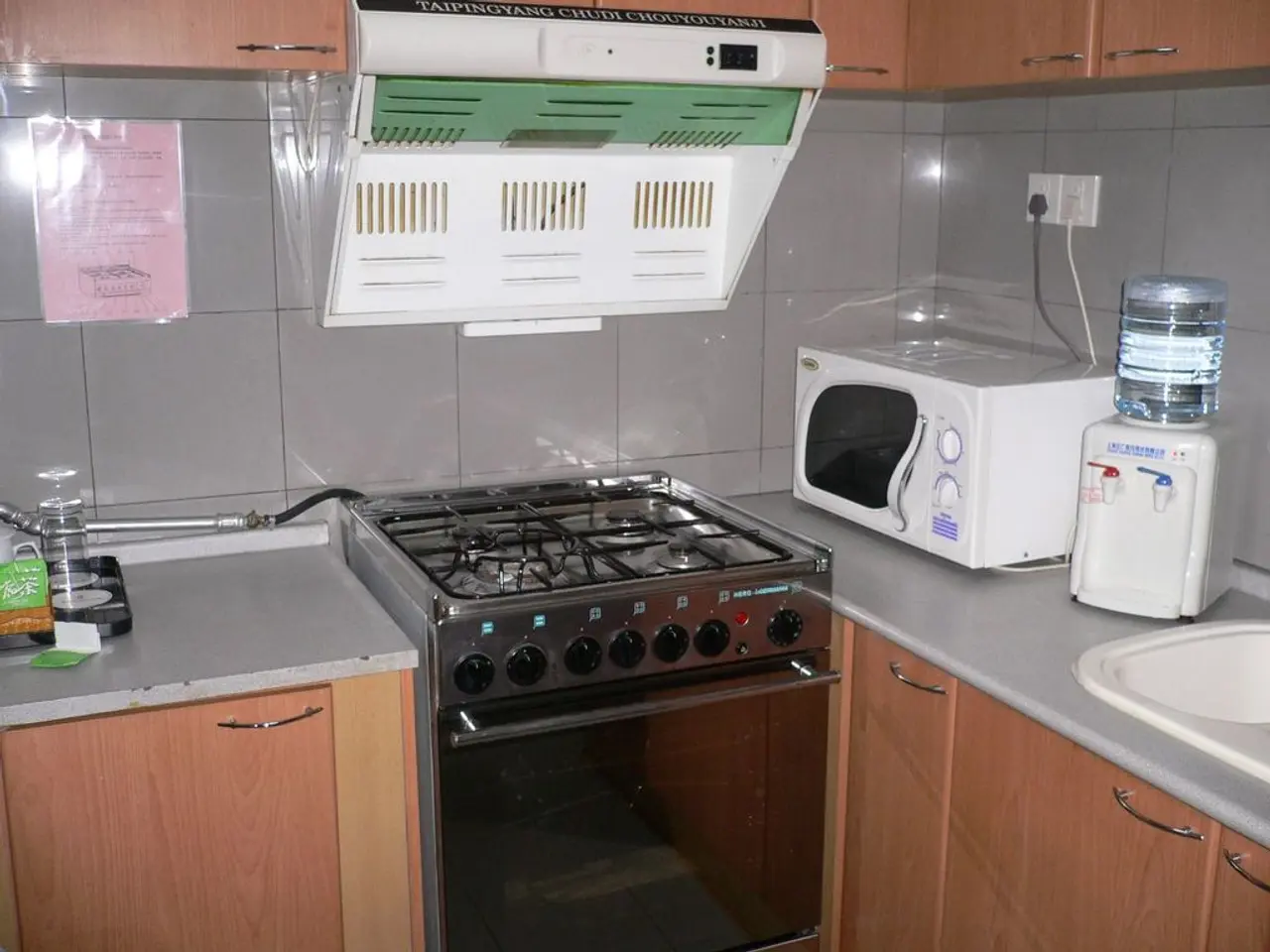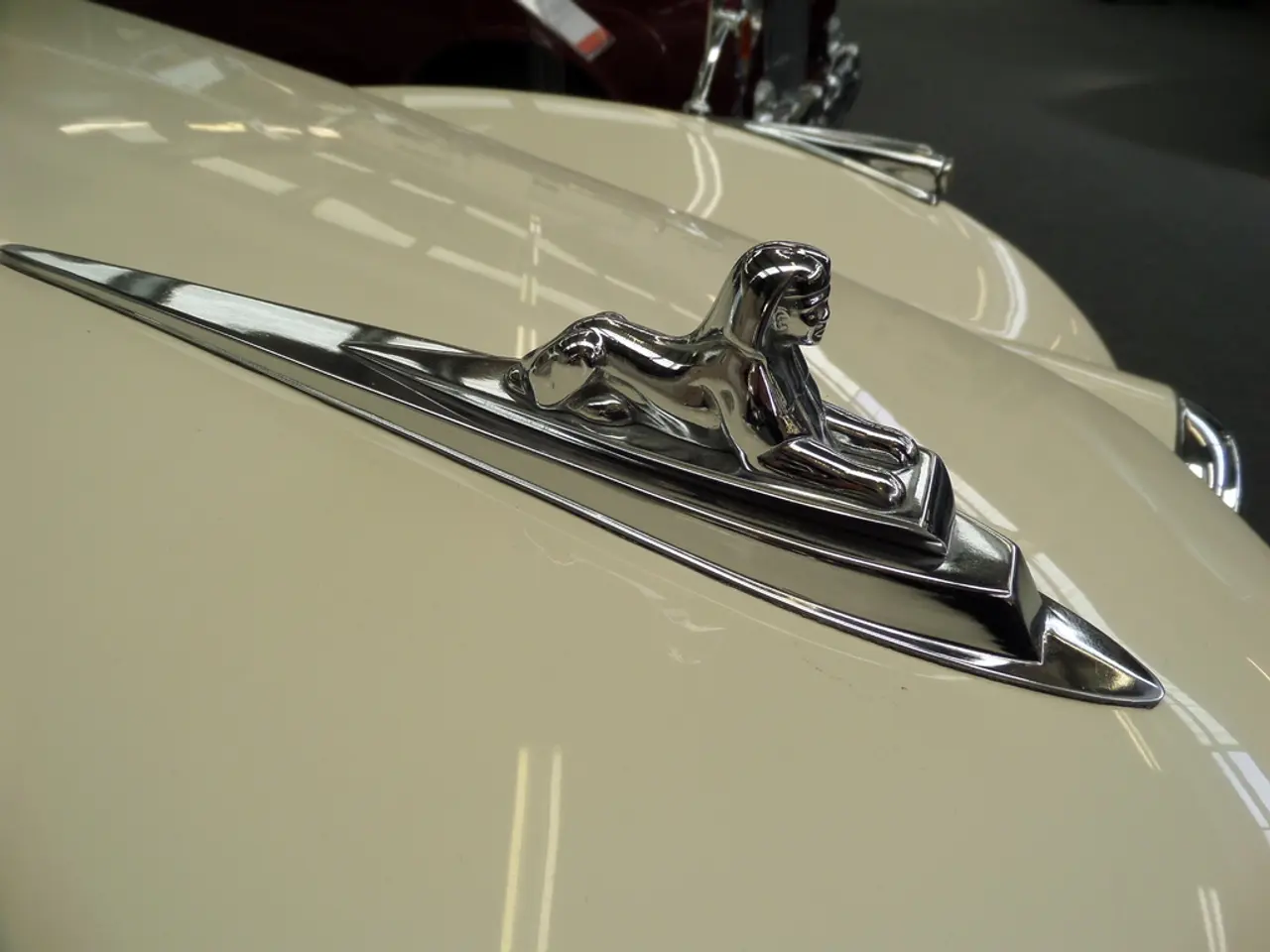Challenges in Designing Microwave Printed Circuit Boards and Strategies to Conquer Them
In the rapidly growing global and U.S. markets, the demand for microwave and Radio Frequency (RF) Printed Circuit Boards (PCBs) is soaring. However, these high-frequency circuits pose unique design challenges that need to be addressed to ensure signal integrity, manage electromagnetic interference (EMI), control impedance, and maintain thermal stability.
### Common Microwave PCB Design Challenges
1. **Signal Integrity and Impedance Control** Microwave circuits operate at extremely high frequencies, often reaching GHz ranges. Even minor discrepancies in trace width, dielectric constant, or layer stack-up can significantly impact signal quality. Poorly designed PCB stack-ups can lead to impedance mismatches, causing signal reflections, jitter, and losses. Crosstalk between adjacent high-speed traces can degrade signal clarity.
2. **Material Selection** Standard PCB materials may have dielectric constants and dissipation factors too high for microwave applications, increasing insertion loss and signal attenuation. The choice of substrate material is critical to ensuring low loss and stable dielectric properties at high frequencies.
3. **Electromagnetic Interference (EMI) and Crosstalk** Microwave signals are more susceptible to EMI, which can degrade performance or cause unwanted emissions. Dense routing of high-frequency traces increases the risk of crosstalk.
4. **Thermal Management** Microwave components and circuits often generate significant heat that, if not managed well, can lead to component failure or performance degradation.
5. **Design for Manufacturability (DFM)** Ensuring the design is manufacturable without defects such as footprint mismatches, misplacements, or soldering issues is critical to achieving functional microwave PCBs.
### Solutions and Best Practices
1. **Careful Stack-up Design** Design a well-thought-out PCB layer stack-up to control impedance and minimize EMI. Use appropriate arrangements of ground and power planes to shield signals and reduce noise coupling. The total number of layers and their order should be optimized based on component complexity and performance requirements to ensure signal integrity.
2. **Material Selection** Use specialized low-loss materials with dielectric constants less than 4 and dissipation factors less than 0.005 to minimize insertion losses and improve high-frequency performance. Consider advanced substrates designed specifically for RF and microwave frequencies.
3. **Thermal Management Techniques** Incorporate thermal vias, heat sinks, and select materials with high thermal conductivity to dissipate heat efficiently. Optimize component placement to prevent hotspots and allow airflow where possible.
4. **Implement Design for Manufacturability (DFM) Checks** Cross-check component footprints with BOM and Gerber files to avoid mismatch errors. Use automated DRC tools and conduct DFM reviews with assembly teams to ensure accuracy. Perform routine inspections and calibration during assembly to catch and correct component placement errors early.
5. **EMI Mitigation** Use proper grounding and shielding techniques in the PCB layout. Maintain appropriate spacing between high-frequency traces to reduce crosstalk and implement differential signaling where applicable.
6. **Simulation and Testing** Utilize electromagnetic simulation tools during the design phase to predict and correct impedance mismatches and EMI issues before fabrication. Prototype and test rigorously to validate design choices under real operating conditions.
By combining careful material selection, optimized layer stack-ups, thermal and EMI management, and strong DFM practices, designers can effectively overcome the main microwave PCB design challenges and achieve reliable, high-performance microwave circuits.
An impedance calculator can be utilized to determine the optimal trace width and dielectric constant for a well-designed PCB layer stack-up, ensuring controlled impedance and improved signal integrity in microwave PCB designs. A stackup designer, aided by science and technology, plays a crucial role in optimizing the number of layers and their arrangement to minimize EMI and maintain signal integrity.




